BACKGROUND - National Cancer Institute anti-Cancer Plant Program.
The National Cancer Institute was founded in 1935. In 1955, the NCI began a Manhattan-style project to collect all the plants of the world to test them for anti-cancer properties. By 1977, the Office of Technology Assessment (OTA), (a now-shuttered research branch of Congress tasked with reviewing all the technology developed in the agencies of the Executive Branch and preparing reports for Congress, reported that the NCI plant program had tested around 35,000 plants. They found that around 3,000 plants had anti-cancer properties, some of them suitable for anti-cancer drug development..
In 1981, the NCI voted to abolish the anti-cancer plant program. Some people involved in the program made an effort to expose some of the anti-cancer research. They took a series of articles published between 1967-1971 by Jonathan Hartwell and bound them into a book called "Plants used against Cancer." They published the book by a front company. Not too many copies exist. There is a copy on Amazon for $900. I have put in on a wish list. If you would like to buy it, I would agree to find a way to upload all of it to the internet. It's not like anyone is going to make a copyright claim. You couldn't find them if you tried. And I don’t think they would mind reprinting it.
This plant study was also very likely used as a pretext to develop biological and chemical weapons. The Office of Technology Assessment was closed by Congress in 1995. I have written more about it here:
Information that plants containing Epifriedelanol was reported by Leslie Taylor in Herbal Secrets of the Rainforest. "in an 1976 plant screening program by the National Cancer Institute, an alcohol and water extract of the leaves (Maytenus ilicifolia) was documented with cytotoxicity against cancer cells at very low dosages." More on this in the references section.
EPIFRIEDELANOL AS A PHYTOESTROGEN
Epifriedelanol is a phytoestrogen. I cannot find a good reference on that apparent fact, but it is inherit in every scientific description of the anti-cancer properties of the substance. The prefix "phyto"is a word of Greek origin meaning "from plants." Thus a phytoestrogen is compound found in plants that has estrogenic properties. Animals have evolved with plants over hundreds of millions of years. The evolutionary dynamics of how a phytoestrogen evolved in plants as estrogen evolved in animals is a puzzle to me, but it cannot be a coincidence. I have researched the evolutionary link between phytocannabinoids and endocannibinoids, which you can read here:
ORIGINS OF THE WORD FRIEDELIN
This section references The Isolation of Friedelin and Serin from Cork and A Study of the Properties and Molecular Weight of Friedelin, a PhD Thesis of Robert Jacobsen, University of Maryland, 1935.
There was a time when people were making alkaloids from plants- putting them in a solution of alcohol, and evaporating the alcohol. When this was done with cork, a substance first named cerine was isolated from cork. Later scientists determined that cerine was composed of two compounds. Istrati was first to separate the two compounds. Istrati used a method to separate cerine into the two compounds suggested to him by Friedel, a German scientist, whose first name I have forgotten and cannot find. Istrati named the substance Friadelin in Friedel’s name.
The "epi" prefix appears to have been added to Friedelin later. "Epi" in this sense means origin. Many different Friedelin compounds were later isolated, and they all seem to be derivatives of "epi-friedelanol."
Jacobsen: Friedel, in a note to Istrail, had called the attention of the latter to the fact that Ghevreul had previously isolated corIn, adding that he himself had observed that the substance melted at 248, was soluble in both ethyl alcohol and chloroform, gave analyses corresponding to the formula C12H170 and appeared on further study to contain a carbonyl function. In honor of Friedel, Istrati called the more soluble of the two compounds, friadelin.
Applications of Phytoestrogen in Cancer:
Clearly, estrogen levels play a major role in some forms of women's cancers. There are estrogen-positive and estrogen-negative cancers. The compound epifriedelanol and any plants containing it may either decrease or increase cancer. I hesitate to describe anti-cancer applications further. This is a section for experts.
REFERENCES:
Chemical constituents of cannabis sativa L. Root , Slatkin et al, 1971.
This study is difficult to find. I have had some people provide a full copy to me, but it always winds up missing somehow. Thankfully there is a reference in Seattle Weekly:
Researchers also discovered friedelin, an antioxidant heralded for its ability to promote liver health. The most intriguing discovery was a compound called epifriedelanol, which demonstrated tumor-killing effects
This anti-cancer research was published by the University of Mississippi in 1971. Mississippi had the only contract with the government to grow cannabis for testing purposes. Mississippi reported that cannabis roots (epifriedelanol) cured tumors at around the same time that the government passed the Controlled Substances Act that made the plant 100% illegal for all use, including medical use and medical research. Cannabis is still is on Schedule 1, despite numerous states making it effectively legal in their states; despite never killing a single person in the world, ever; despite the promotion of deadly opioids to epidemic proportions by government; despite government research which clearly shows that they knew cannabis had anti-cancer effects at the exact same time they said it had "no approved medical use" (this is an example of the FDA clinical trials roadblock to true medicine in practice).
Technical Data Report for ESPINHEIRA SANTA Maytenus ilicifolia Herbal Secrets of the Rainforest, 2nd edition, by Leslie Taylor
The link to Taylor's Technical Data Report for Espinheira Santa no longer functions, but I have a .pdf download saved. If there is a way to add .pdfs to Substack, please let me know. I will also email the .pdf. Some excerpts:
Early research performed in Brazil in the early 1970s revealed that espinheira santa, as well as a few other species in the Maytenus family, contains chemical compounds that showed potent antitumor and antileukemic activities in vivo and in vitro at very low dosages. Then in an 1976 plant screening program by the National Cancer Institute, an alcohol and water extract of the leaves was documented with cytotoxicity against cancer cells at very low dosages.
Espinheira santa has been the subject of many clinical studies, fueled by its effectiveness in treating ulcers and even cancer, with research beginning as early as the mid-1960s. Toxicity studies in 1978 and 1991 showed no toxicity in rats and mice in dosages up to 1 gram per kilogram of body weight. Due to its reported traditional use as a abortive aid and contraceptive, researchers studied those aspects specifically but were unable to clinically validate these uses. In one study, a water extract fed to pregnant mice daily did not induce abortion and did not cause any fetus change.2 Another research group injecting pregnant rats with leaf extracts (up to 100 mg/kg) reported that it did not cause abortive effects or embryotoxic effects, but did interfere in fertilization and implantation in non-pregnant rats.3 A recent study in 2002 confirmed these results again stating that a leaf extract had estrogenic actions which suggested the antifertility effect may be the interfence of uterine receptivity to the embryo and did not induce abortions or have any embyrotoxic effects.4 It was also reported in 1998 by the same scientist that it had no effect in male mice on sperm production.5
Here you can see the compounds isolated in Maytenus ilicifolia: Many Friedelins, and "Friedelinol, epi." (Epifriedelanol).
Taylor went on to explain that pharma developed other compounds, maytansine and mayteine, from Maytenus ilicofolia, as opposed to the friedelins.
Two of the alkaloid chemicals, named maytansine and mayteine, were extracted and tested in cancer patients in the United States and South America in the 1970s following the NCI research. Although there were some significant regressions in ovarian carcinoma and some lymphomas with maytansine, further research was not continued due to the toxicity at the dosages used.
Taylor also wrote of some other compounds in Maytenus ilicifolia that were tested for anti-cancer applications. It is my opinion that entire plants should be tested after identifying and quantifying all of their chemical constituents. Multivariate regression analysis, as opposed to isolation of all variables other than the test variable, as used in the purposely weak clinical trials model, will identify the effective compounds and any synergies between them. One compound may not work well without another compound, as with with zinc ionophores and zinc. Clinical trials purposely avoid identifying these synergies (data mining); they are limited to whatever you select a priori. I've written more about it here, and several other articles.
You do not have to identify, select, and test isolated compounds in a hopelessly expensive and time-consuming clinical trials system. Just identify and quantify all the compounds in the plant, consume the plant, record your medical results, and regress the results against the compounds. It is that simple. It has always been this simple. That's why it is not done. The father of clinical trials, Austin Bradford Hill, was an economist and statistician who devoted his life to killing mankind by identifying factors through regression analysis that increased mortality rates. Hill developed and promoted the clinical trials model to force the world to use an ineffective and "controllable" testing model, as opposed to the testing methods the Malthusians used in their own evil practice- a model still in use today, as much a result of statistical ignorance in the public, including the medical professionals, as enforcement by evil government agencies.
REFERENCES
Cannabis Roots: A Traditional Therapy with Future Potential for Treating Inflammation and Pain. Ryz et al, August 2017.
The authors give a history of the use of cannabis roots to treat "tumors," although the authors note that the term "tumor" may have had different meanings over time.
The cannabis plant is known for its multiple uses: the leaves, flowers, seeds, stalks, and resin glands have all been exploited for food, fuel, fiber, medicine, and other uses. One of the first mentions of the medical use of cannabis root was by the Roman historian, Pliny the Elder, who wrote in his Natural Histories that “a decoction of the root in water relaxes contractions of the joints and cures gout and similar maladies.”1 By the latter part of 17th century, various physicians and herbalists recommended cannabis root to treat fever,2,3 inflammation,4–9 gout, arthritis, and joint pain,1,5,6,8,10–12 as well as skin burns5,8,10 and hard tumors.6–8 There are also accounts of cannabis root being used to treat postpartum hemorrhage,13 difficult child labor,14 sexually transmitted disease,15 and gastrointestinal activity16,17 and infection.3,8 Despite a long history of therapeutic use (Table 1), the roots of cannabis plants have been largely ignored in modern medical research and practice.
Friedelin and Epifriedelanol are present in cannabis roots. Cannabis roots were made illegal along with all of the rest of the cannabis plant, despite having no cannabinoids like THC or CBD. If you look at the history of cancer research agencies and legislation aimed against cannabis, you will find a very close correlation. The United States made cannabis illegal primarily because it lowered cancer rates in the population. Secondarily it was a competitor for the pharma cartel's deadly and addictive opioids.
Cannabis roots are another good substance to test on cancer with regression analysis. There are other very promising anti-cancer compounds in cannabis roots, the plant sterols.
Epifriedelanol from the Root Bark of Ulmus davidiana Inhibits Cellular Senescence in Human Primary Cells, Yang et al, 2010
Ulmus davidiana var. japonica (Ulmaceae), a foliage tree, is distributed mainly in Korea, Japan, and China [28,29] and has been used in traditional herbal medicine as an antiphlogistic agent for gonorrhea, mastitis, and edema [30]. The crude extract and isolated compounds from this plant have been reported to have anti-inflammatory effects [31], analgesic and antibacterial activities [32], antitumor effects against gastric cancer and colon cancer [33], and antioxidant activity [34]
Previously, we measured the inhibitory effects of 800 Korean traditional plant extracts on adriamycin-induced cellular senescence in human cancer and primary cells [38, 39] and found that the methanol extract from the root bark of U. davidiana showed a strong inhibitory effect on cellular senescence. In the present study, we isolated twenty-two compounds from the root bark of this plant and measured their inhibitory effects on adriamycin-induced cellular senescence in human fibroblasts (HDFs) and human umbilical vein endothelial cells (HUVECs). We found that, among the isolated compounds, epifriedelanol was the most effective inhibitor against adriamycin-induced cellular senescence and replicative senescence in both types of human primary cells.
Estrogenic activity of friedelin rich fraction (IND-HE) separated from Cissus quadrangularis and its effect on female sexual function, Aswar et al 2010
It's a bit comical to describe this scientific study. Epifriedelanol is something like Viagra for women. You think it would sell like hell just because of that. It probably would. The study ovariectomized rats, then gave test groups epifriedelanol, and compared the results. The epifriedelanol increased their "darting and hopping" behaviors, which you can read more about if you like.
Women experience menopause differently across the world, in terms of their symptomology. Many experience symptoms of menopause like hot flashes, joint pain and loss of libido. Estrogen replacement is the prescribed therapy for most of the sexual dysfunction observed in menopausal women. Many women are reluctant to use exogenous hormone therapy for treatment of menopausal symptoms and are turning to botanical and dietary supplements for relief. In the present study IND-HE (friedelin rich fraction) was studied for estrogenic activity as well as its effect on sexual behavior in overiectomized female Wistar rats.
The result indicated that IND-HE (75 and 100 mg/kg p.o.) improved sexual behavior parameters. IND-HE (75 and 100) significantly (P< 0.01) decreased darting and hopping latency.
Anti-inflammatory and cytotoxic activities of the extracts, fractions, and chemical constituents isolated from Luehea ochrophylla Mart, Araújo et al, 2019
An interesting study that tested many compounds in Luehea ochrophylla Mart, including friedelin, and β-friedelinol, but not epifriedelanol as far as I could tell. It seemed to favor B-sitosterol as the most broad-spectrum anti-cancer compound.
Among the extracts (HE and EE), fractions (DF, AF, and EF) and tested compounds (friedelin, lupeol, β-sitosterol, β-sitosterol-3-O-β-D-glucopyranoside, and (−)-epicatechin) only lupeol and β-sitosterol-3-O-β-D-glucopyranoside inhibited more than 50% of the cancer cells lines growth used in the screening.
And again I reiterate that the correct testing procedure is to test the entire spectrum of the plant in vivo as opposed to breaking it up into individual compounds and testing it in vitro, but their research does form a basis for full-spectrum in vivo testing.
CONCLUSION
I'm going to use plain English, not scientific language. Cures to cancer are deliberately repressed by the government. The clinical trials model is designed to hide the medicinal effects of common plants and block their use in hospitals. The FDA only approves things that pass through the clinical trials model.
It seems hopelessly impossible to reform the entire government and make it serve the people. It is ridiculously simple and cheap to cure diseases without their approval, however, with far greater statistical significance than that which they use.
Plain English. Go to Brazil, find some of these common trees, Maytenus ilicofolia, and collect a large amount of their leaves. Have them tested thoroughly to identify all compounds in the leaves. Do the same thing with cannabis roots, available all over the US now, and composted as waste every year. Make sure to account for and avoid any pesticides or heavy metals.
People have been using these plants for untold centuries. If you think they will work against your type of cancer, consume the leaves and roots. Record your results, say tumor size, or some other identifying factor. Let someone have the data of your results and what you consumed. Then, with enough samples (variance within samples is the statistical key, and is eliminated in clinical trials), what compounds work (if any) will be identifiable through regression analysis, and there's not a damned thing the governments can do to stop you, if you want to do it.
Again this is teaching man how to fish as opposed to giving a man a fish. This is just one way to cure cancer, one compound, one disease, out of who knows how many. All that is needed is some seed capital. Prove it one time and you prove the whole model is sound, and you can break the fascist government/pharma alliance that promotes disease.
P.S. - A Brief Rant
Otherwise you can keep letting the fascist government/pharma alliance kill you and pretend like there is nothing you can do. I have told you the solution over, and over, and over. Not once have I heard anyone repeat it, not one of the well-funded social media influencers. How many of you give your money to Steve Kirsch, who has done little more than pay someone to put VAERS statistics in a bar graph, and dare people to debate him about those statistics for one million dollars? Although I sincerely appreciate his research back when the adverse events were less known, any idiot can see the truth of VAERS statistics at this point. Here I am telling you how to cure fucking cancer, and you fund someone that is daring people to debate him on the obvious, and apparently already has millions to burn, and will not do what I am suggesting, no matter how obvious, truthful, and effective it is. So please stop giving him money whether you choose to fund me or not. It really disgusts me to see people who have no solutions thrive while those with solutions are starved out. Thank you.
Charles Wright






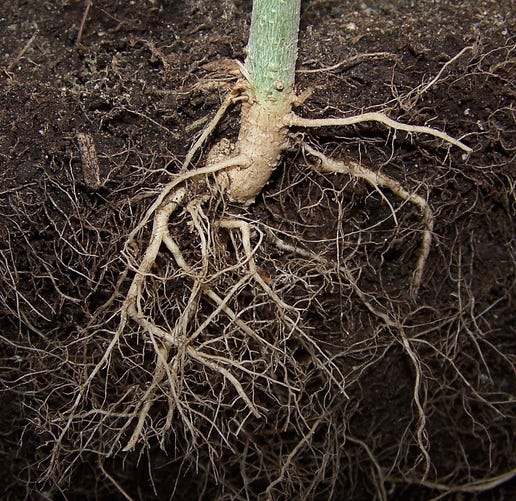
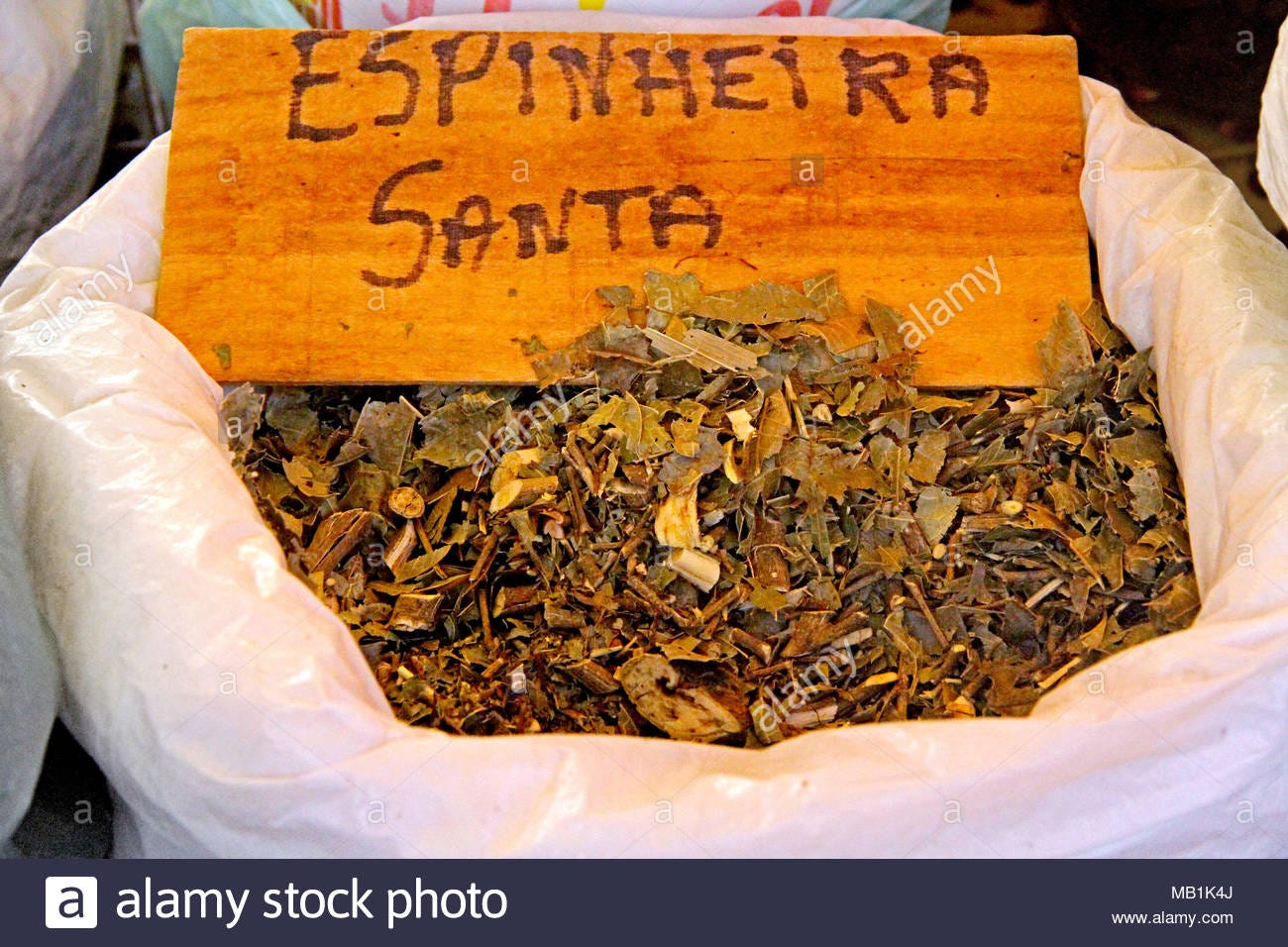


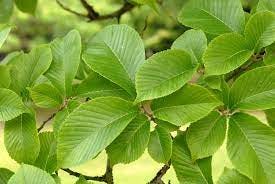
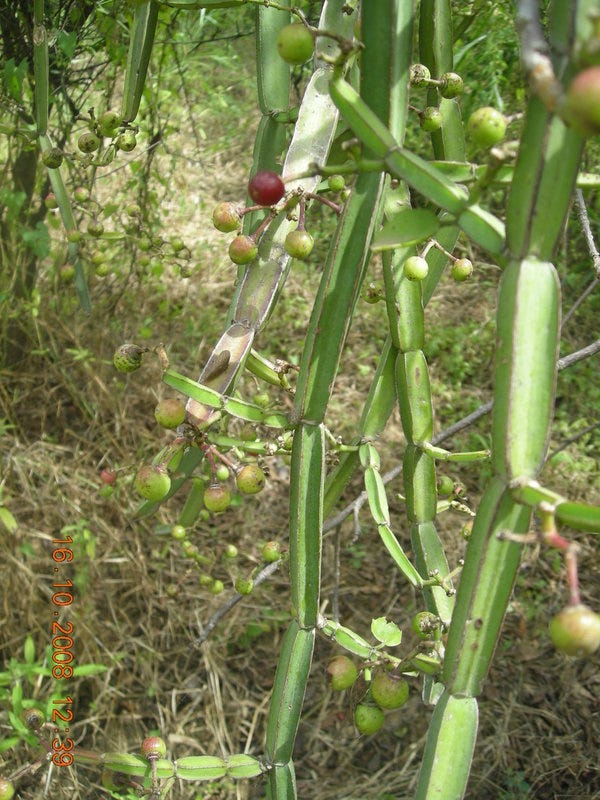
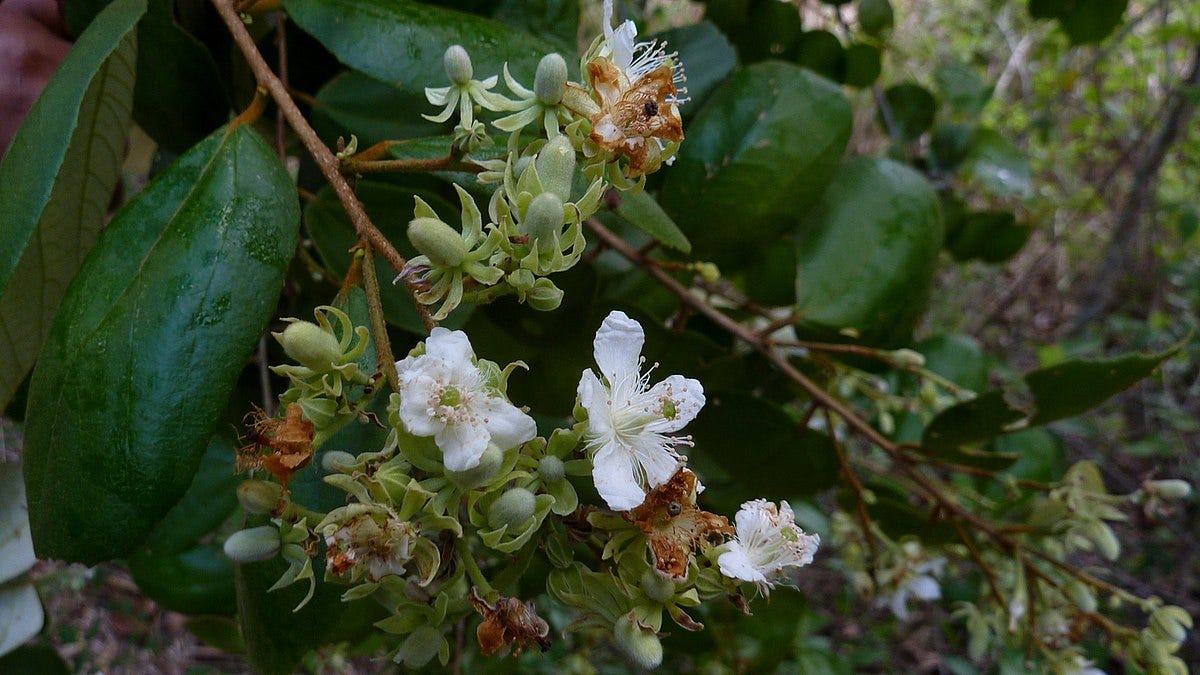
Amazing and inspiring! Thank you Mr Wright
Awesome piece Charles and bookmarked. We have so many more to review and shortlist.
And never in our history, including radiation related, has the need been greater.
We could probably spend a year just on cannabis alone!
I couldn't find a copy of the book. However, this is an extension and paywalled but I can DM you the pdf.
Plants used against cancer – an extension of the work of Jonathan Hartwell
https://www.sciencedirect.com/science/article/pii/S037887410000341X?via%3Dihub